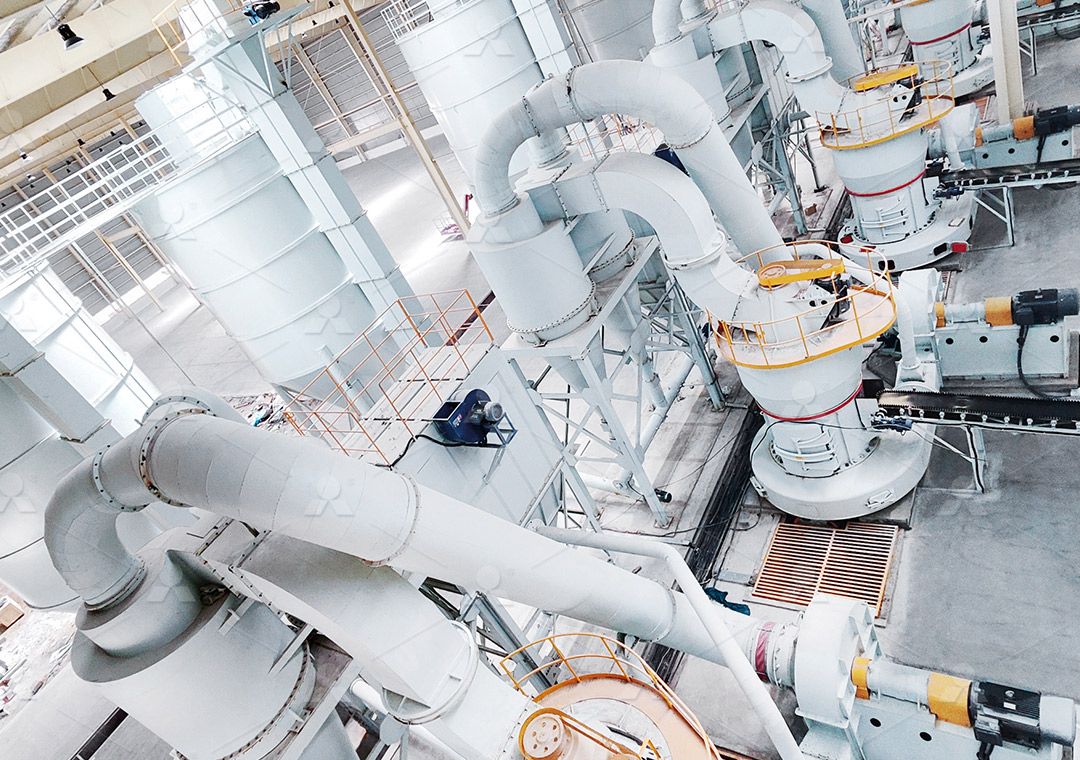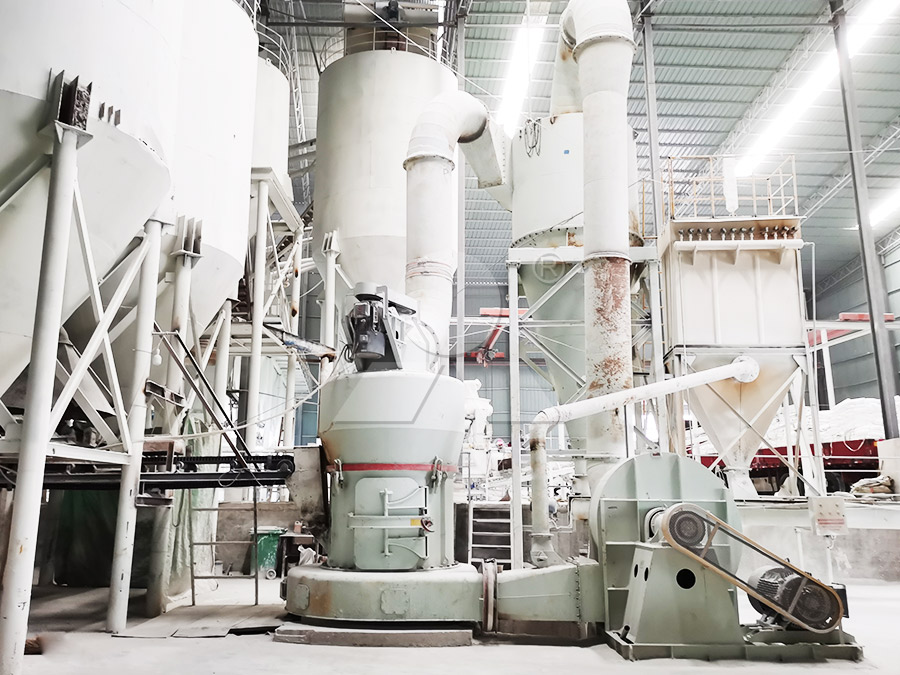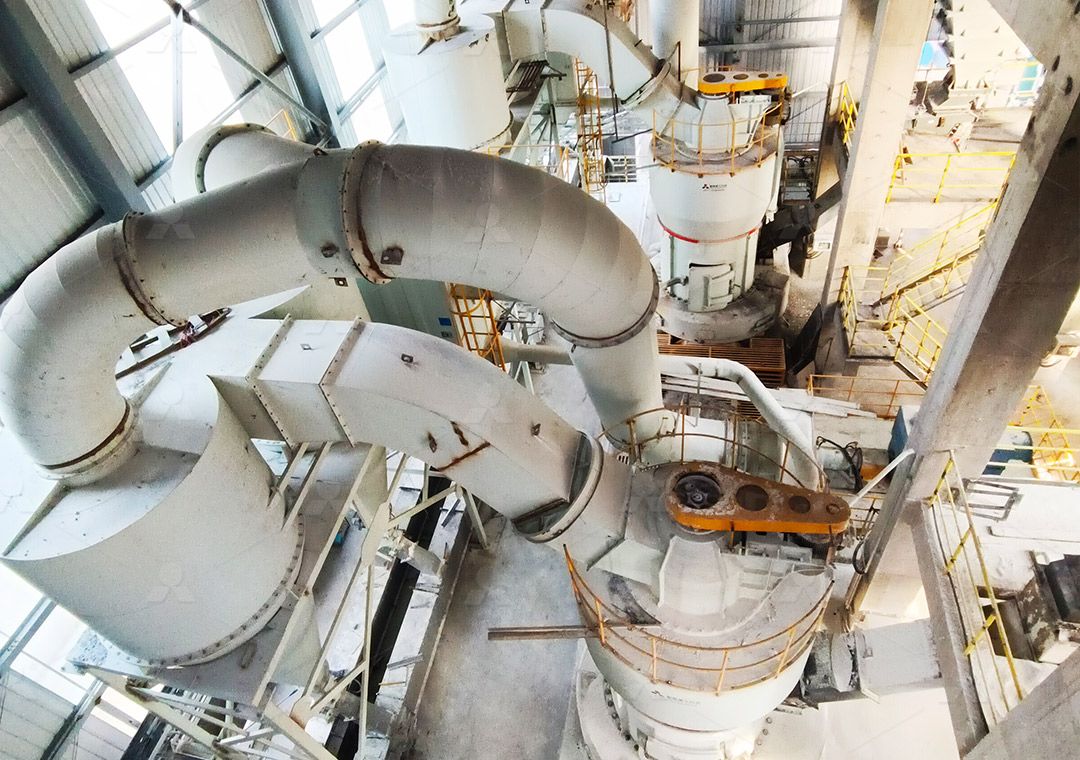Raymond Mill for Grinding Garnet: High-Efficiency T-Type Mill for Fine Powder Production
Raymond Mill for Grinding Garnet: High-Efficiency T-Type Mill for Fine Powder Production
Garnet, a group of silicate minerals with unique abrasive properties, has become increasingly valuable in various industrial applications. From waterjet cutting and sandblasting to filtration systems and abrasive powders, the demand for precisely ground garnet continues to grow. The challenge for processors lies in selecting equipment that can efficiently reduce garnet to the required fineness while maintaining product quality and operational economy.

Traditional grinding methods often struggle with garnet’s variable hardness and tendency to cause excessive wear on equipment components. The mineral’s Mohs hardness ranging from 6.5 to 7.5 demands robust milling solutions that can maintain consistent particle size distribution without frequent maintenance interruptions. This is where advanced Raymond mill technology demonstrates significant advantages over conventional grinding systems.
The Evolution of Garnet Grinding Technology
Early garnet processing operations typically relied on ball mills or basic hammer mills, which often produced inconsistent particle sizes and required substantial energy input. The development of T-type Raymond mills marked a turning point in garnet processing efficiency. These advanced mills incorporate multiple technological improvements including curved grinding roller paths, optimized air classification systems, and enhanced durability features specifically designed for abrasive materials.
Modern Raymond mills for garnet processing achieve remarkable results through their unique grinding mechanism. The system utilizes centrifugal force to press grinding rollers against a rotating grinding ring, creating a rolling and squeezing action that progressively reduces garnet particles to the desired fineness. This method generates less heat than impact grinding, preserving the garnet’s crystalline structure and physical properties.

Advanced Solutions for Superior Garnet Processing
For operations requiring ultra-fine garnet powders with precise particle size control, the MW Ultrafine Grinding Mill represents a technological leap forward. This advanced system handles feed materials up to 20 mm in size with production capacities ranging from 0.5 to 25 tons per hour. The MW series incorporates German cage-type powder selector technology, enabling precise fineness adjustment between 325-2500 meshes with screening rates achieving d97≤5μm in a single pass.
The engineering behind the MW Ultrafine Grinding Mill addresses common challenges in garnet processing. Its innovative design eliminates rolling bearings and screws within the grinding chamber, preventing contamination from worn components and eliminating machine damage caused by loose fasteners. External lubrication systems allow continuous 24-hour operation without shutdowns for maintenance, significantly improving production efficiency.
Environmental considerations are thoroughly integrated into the MW mill’s design. Efficient pulse dust collection and muffler systems minimize airborne particles and noise emissions, ensuring compliance with stringent environmental standards. The completely sealed negative-pressure operation prevents material leakage while the automated control system maintains consistent product quality with minimal operator intervention.
Optimizing Garnet Powder Production
Successful garnet processing requires careful consideration of several operational factors. Feed material consistency, moisture content, and the desired final application all influence mill configuration and operation. Proper system setup includes appropriate crusher selection for preliminary size reduction, efficient elevator systems for material transport, and correctly sized collectors for final product separation.
The grinding curve design of modern Raymond mills has been specifically optimized for minerals like garnet. The precisely calculated geometry between grinding rollers and rings maximizes contact efficiency while minimizing wear. Many operations report 40% higher production capacity compared to jet mills and twice the output of ball mills when processing garnet to similar fineness specifications.

Energy efficiency represents another significant advantage of contemporary Raymond mill technology. The multi-head powder separating system reduces energy consumption by 30-50% compared to conventional mills, while the integrated drying capability eliminates the need for separate drying equipment when processing garnet with moderate moisture content.
Frequently Asked Questions
What makes Raymond mills particularly suitable for garnet grinding?
Raymond mills excel with garnet due to their rolling compression grinding action, which causes less thermal degradation than impact milling. The adjustable grinding pressure and precise air classification allow operators to target specific particle size distributions critical for garnet applications.
How does the MW Ultrafine Grinding Mill handle garnet’s abrasive nature?
The MW mill incorporates specially hardened grinding components and eliminates internal bearings that would be vulnerable to abrasive wear. The external lubrication system prevents garnet contamination of lubricants, while the chamber-free design of screws and bearings reduces maintenance requirements.
What particle size range can be achieved when grinding garnet?
Advanced Raymond mills can produce garnet powders from coarse 20-mesh abrasives to ultra-fine 2500-mesh powders. The MW Ultrafine Grinding Mill specifically achieves fineness between 325-2500 meshes with high precision through its German cage-type powder selector technology.
How does the environmental performance of modern Raymond mills compare to older equipment?
Contemporary designs feature completely enclosed systems operating under negative pressure, preventing dust emissions. Integrated pulse jet dust collectors and noise reduction technologies ensure operations meet strict environmental standards while maintaining worker safety.
What production capacities are achievable with current garnet grinding technology?
Depending on the specific model and fineness requirements, modern Raymond mills can process from 0.5 to 25 tons per hour of garnet. The MW Ultrafine Grinding Mill handles this range while maintaining consistent product quality and energy efficiency.
